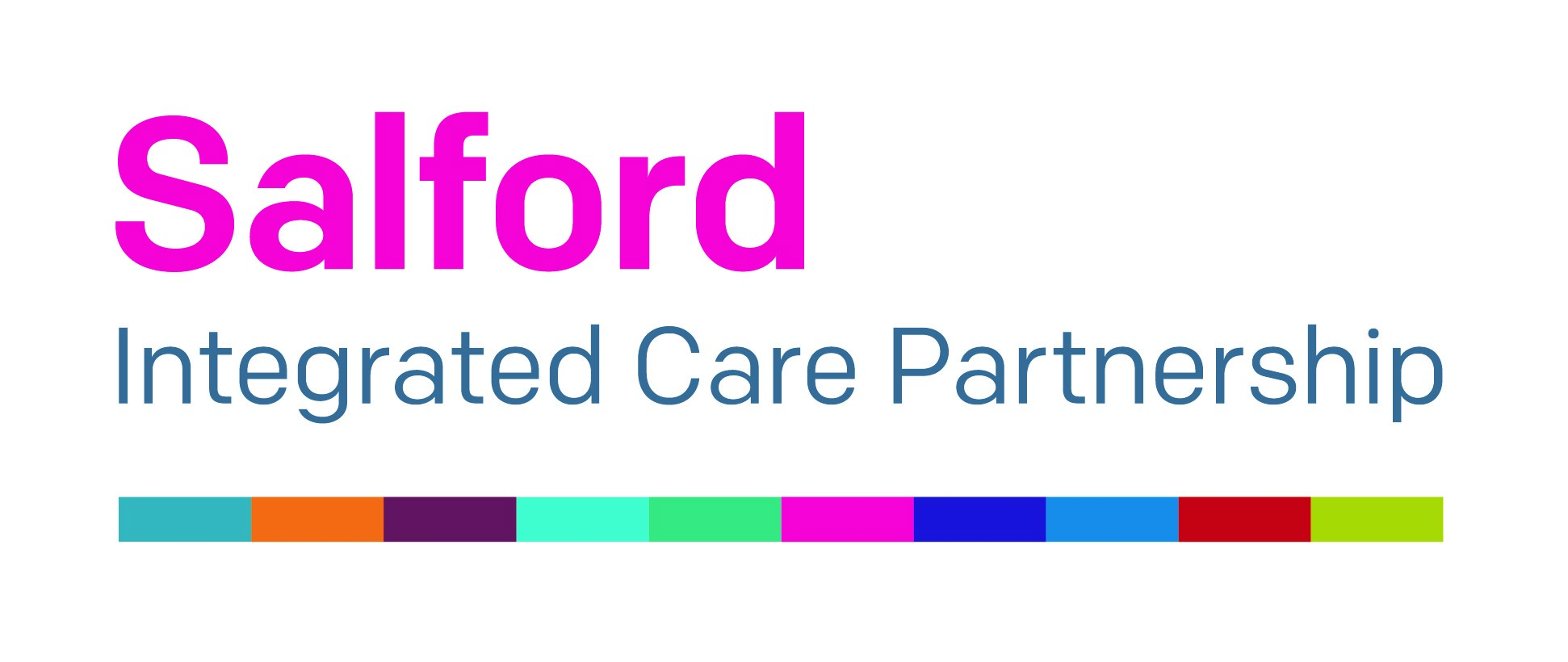Jargon Buster
Sometimes, Speech and Language Therapist's or school staff might use more technical words when describing your childs needs.
Below is a table that will help you understand what these words mean. If you still aren't sure or have any questions, don't hesitate to contact your Speech and Language Therapist.
|
Word |
Meaning |
|
Alternative and Augmentative Communication (AAC) |
AAC refers to systems and devices that aid communication for people who find it difficult to speak. This could be low tech systems such as pictures, objects and gesture/sign or high- tech systems such as iPads and specialist communication aids. |
|
Articulation |
The coordinated movement of the lips, tongue, jaw, palate (top of the mouth) and lungs to produce different speech sounds. An articulation difficulty may mean your child finds it tricky to say a specific sound or put sounds together. Not all difficulties with sounds are due to articulation disorder. |
|
Aspiration |
Food and/or drink ‘goes down the wrong way’ and towards the lungs. This may happen when people have eating and drinking difficulties. Aspiration can lead to regular chest infections and possibly pneumonia if not treated. |
|
Assessment |
We use a range of ‘tests’ which help us find out more about specific areas of your child’s speech, language and communication. Results from assessments are then analysed to work out your child’s strengths and areas of need. |
|
Audiology |
You child may be referred to this department for a hearing test. |
|
Auditory Discrimination |
The ability to hear the difference between two sounds. |
|
Auditory Memory |
Memory that allows us to remember what we have heard for a short time, giving us time to understand it and act upon it. People with auditory memory difficulties may find it difficult to repeat information/instructions they have heard. |
|
Autism, Social Communication Team (ASCT) |
A team of specialist teachers who work to provide specialist advice for children and young people in mainstream primary and secondary settings, who have difficulties in the areas of social interaction, communication, flexibility of thinking and sensory differences. For more information please follow the link https://www.salford.gov.uk/schools-and-learning/info-for-parents-students-and-teachers/special-educational-needs/learning-support-service/autism-and-social-communication-team/ |
|
Delay |
Speech and/or language skills that are developing in an expected pattern but a little bit slower. |
|
Developmental Language Disorder (DLD) |
A type of speech, language and communication need (SLCN) that affects the way that children understand and use language which is not associated with another condition e.g. autism, down syndrome etc.
For information please follow the link https://www.speakupsalford.nhs.uk/media/DLD%20Handout.pdf |
|
Disorder |
Speech or language that does not follow the expected developmental pattern. |
|
Dysfluency |
Interruptions to the regular, smooth flow of speech. For more information please follow the link https://www.speakupsalford.nhs.uk/stammering-1 |
|
Dysphagia |
Difficulties swallowing certain foods or liquids. For more information please follow the link https://www.speakupsalford.nhs.uk/feeding-and-swallowing-difficulties-1 |
|
Echolalia |
Repetition of noises, words or phrases which are not used to communicate meaningfully |
|
Education Psychologist (EP) |
Educational Psychologists (EPs) are trained to understand how children and young people learn and behave. For more information please follow the link- https://www.salford.gov.uk/schools-and-learning/info-for-parents-students-and-teachers/educational-psychology-service/parents-and-carers/ |
|
Expressive |
When expressive language is used by a speech and language therapist, we are talking about the spoken use of language e.g. words, putting sentences together etc. |
|
Hypernasal |
Speech sounds affected by too much air escaping the nose when speaking |
|
Hyponasal |
Speech sounds affected by too little air flowing down the nose, this often sounds like someone speaking with a cold. |
|
Inference |
Inference is the act or process of reaching a conclusion about something from known facts, e.g., we know the apple is rotten because it is covered in mould. |
|
Intelligibility |
How clear the child or young person is when they are speaking |
|
Learning Support Service (LSS) |
Part of children’s services made up of a range of professionals who support children access learning in school. For more information please follow the link- https://www.salford.gov.uk/learningsupportservice |
|
Model/modelling |
Demonstrating the right speech sound, language and/or communication for your child. If your child is not using language this may mean you interpret what they are trying to communicate and say (model) the right word for them. |
|
Non-verbal communication |
The use of gesture e.g. pointing, body language, facial expression, eye contact etc. to communicate. |
|
Peers |
Friends, children in the class or group |
|
Phonology |
The speech sounds within a language and the rules/patterns we would expect them to follow |
|
Processing information |
Hearing, understanding, storing, using and remembering information. |
|
Receptive |
Understanding spoken language |
|
Setting intervention |
|
|
Speech, Language and Communication Need (SLCN) |
SLCN is a general term for children who do not develop speech and/or language as expected. |
|
Speech sound targets: Isolation CV
VC
CVC |
|
|
Treatment waiting list (TWL) |
Children are added to the TWL list if it is felt they require additional Speech and Language Therapy sessions. Sessions may include further assessment, intervention, support for Parents. |
|
Word finding difficulties (WFD) |
Children with WFDs know what the word is but have difficulty retrieving the right word, feeling like ‘it’s on the tip of your tongue’. |
|
Working memory |
This memory helps us hold and manipulate information for a short time e.g. hearing a sequence of numbers and repeating them backwards ‘6-9-5’- “5-9-6” |


